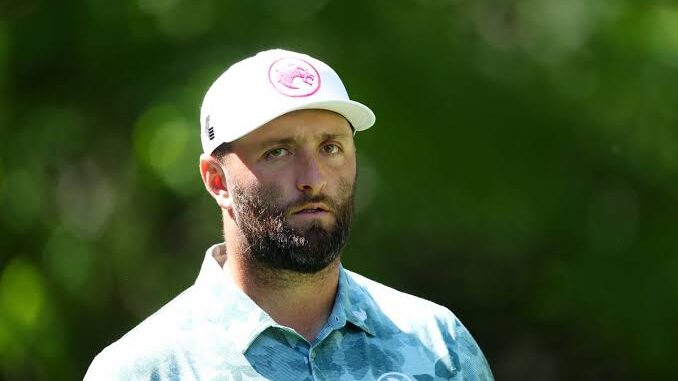I spent 2 years chasing my pro golf dream. Here’s what happened
Author’s note: Hey gang — Dylan Dethier here. This was the first piece I wrote for GOLF Magazine/GOLF.com, all the way back in 2017, when I was a broke freelancer and recovering professional golfer. It remains the longest piece I’ve written for the brand — you’ll see once you start scrolling — and the most personal, too. Because our website’s going through some updates and purging some old material, I wanted to give this one a refresher and make sure it didn’t get lost in the depths of the internet. Hope you enjoy!
LET ME START BY SAYING THIS: I’m really, really good at golf.
I can fly it 300 yards off the tee with a tight draw. In 2016 I went a month without shooting a score over par. I share the course record of 63 with Sam Snead at Ontario’s Napanee Golf Club. I can hit a hook that’ll climb over a tree and a slice that’ll skip across a pond, and I can hit a flop shot so high and soft that it lands like a marshmallow. When my putter gets hot, it’s the best part of my game. Of the 60 million players in the world, I’m in the top 10th of the top 10th of the top percent of them. If you lined up 100,000 golfers, I’m guessing I’d be better than at least 99,992 of them.
And in my two-and-a-half years as a professional golfer, I’ve learned two things. The first: I’m basically trash. Plenty of guys can fly it 300 yards, and lots of them can keep it in the fairway more often than me. Everyone can hit that flop shot, and there are guys who are far steadier putters than I am. Although I’ve made a ton of progress from a middling, distinctly unprofessional Division III college career, my tour-ready rounds have remained the exception rather than the rule.
But the second thing I’ve learned complicates matters: In golf, everyone is kind of trash right up until the moment when they’re not. It’s a sport where progress is confusing; in football or basketball, if you’re not on the track to the pros by the time you’re a teen, there’s not much hope for you. But many golfers take roundabout routes to the PGA Tour, which requires playing well at a few very specific tournaments—Q school, in particular—and then cashing in on the opportunities that come thereafter.
What James Hahn told GOLF.com after his first PGA Tour win has always stuck with me, mostly because he doesn’t seem to have any idea what changes took him from mini-tour to millionaire. “Just kind of look at myself in the mirror some days and tell myself that I’m not even supposed to be here,” Hahn said after winning the Northern Trust Open in February 2015. “Come from a small town. Didn’t do well in college. Was never an All-American. Sold shoes for a living for a while. Yeah, and then just one day, the putts started going in and started playing a little better. Won a couple golf tournaments, and now I’m here.”
It’s a remarkable story, if affectless in its retelling. And it fills me with the belief that I could be the next James Hahn; in six months or three years or 11 years, something would click where I’d start getting the ball in the hole in slightly fewer strokes, and fame and fortune would follow. The average Tour pro is 35 years old, after all, so 25 is fairly young to be calling it quits. Many millionaire golfers have taken years to grind through the low-level professional ranks, and many more will follow. But it’s far more likely that chasing the dream for the next decade will get me no closer to the Tour, and that I’ll mortgage my future and be left with nothing to show for it but significant debt and bitterness.
Related





